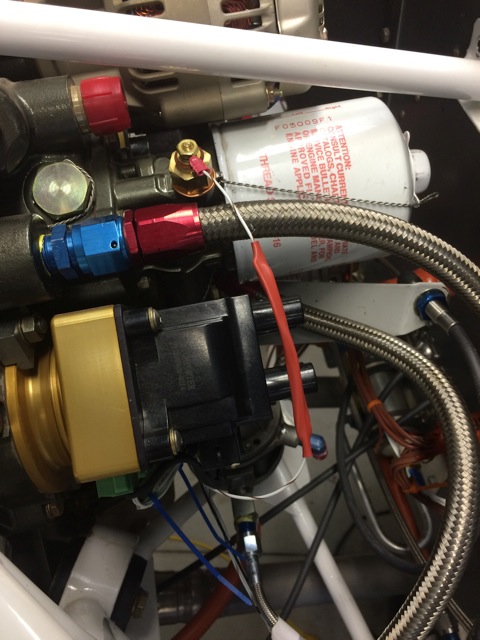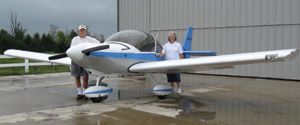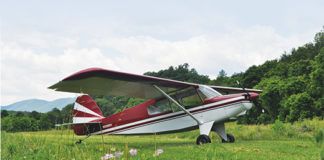I have owned a number of airplanes in my life, and before I started having machines I built myself, they were usually old and worn. Nothing wears as quickly as wiring in the engine compartment – exposed to heat, fluids, and vibration, it is just normal to expect wires broken off at crimps, or insulation chafed where a conductor vibrated on an edge somewhere. Single wires going to sensors seem to be the worst – and the single wire going to the oil temperature sender on a typical Lycoming is the champion! That little sensor wire gets snagged and abused with every oil change, and no matter how careful you are, eventually, it will get broken.
Now I personally don’t like crimped butt connectors in exposed wiring – that’s just two more crimps to get pulled out when you snag the wire. What I want when an end goes bad, or comes off, is extra original wire, unsullied by any breaks or crimps. What a luxury to simply have enough extra wire to re-do the end and still have a nice installation!
One way to build for the eventual maintenance is to add extra wire up front – but then you just add snag potential…right? Well no – you can use this little trick for storing the additional wire – just fold the extra wire back on itself and add a tube of heat shrink to cover it up and make it smooth. If (when) you need the extra length, just cut off the heat shrink to expose your “spare” wire. Six to ten inches of extra wire should last for a number of repairs over the years to come.





